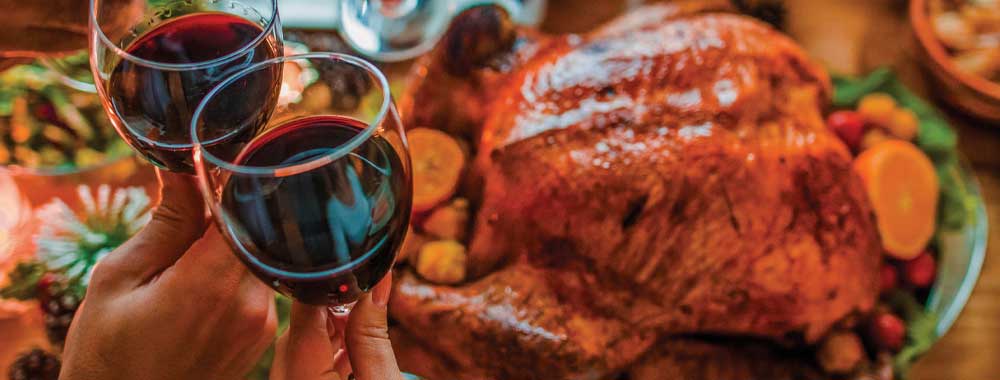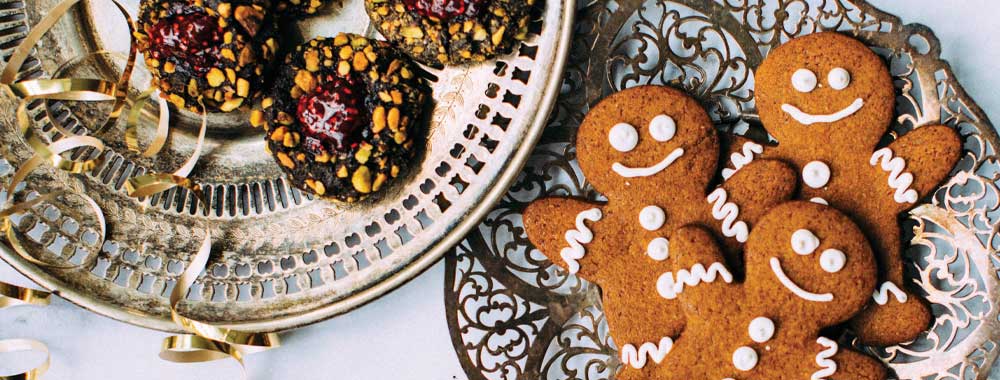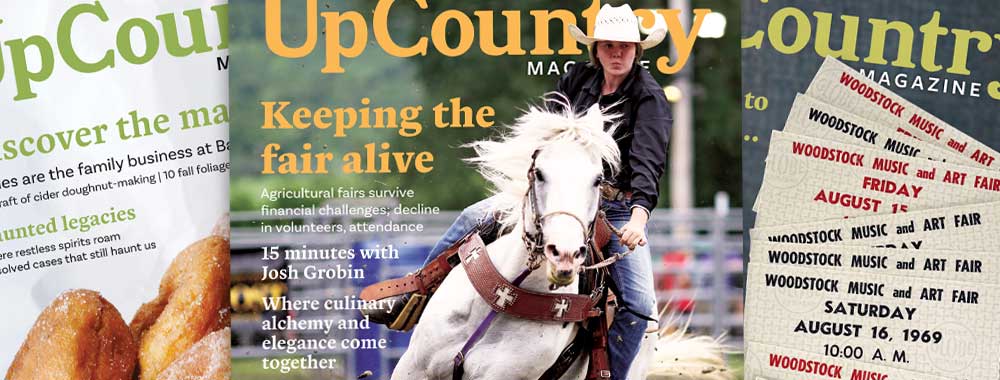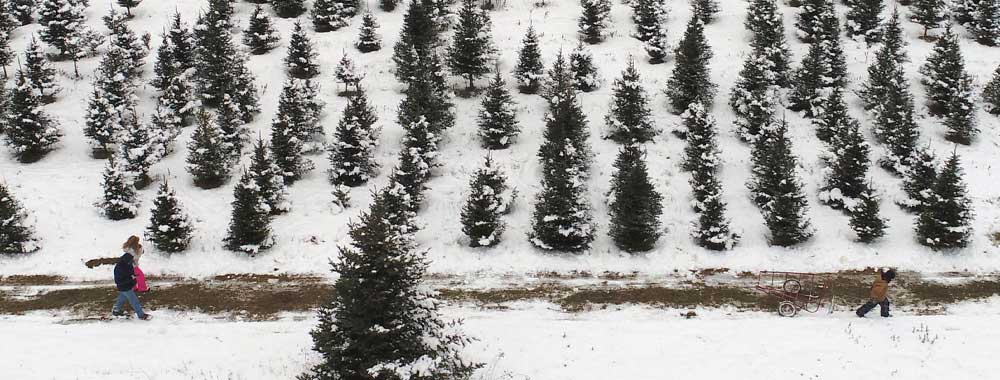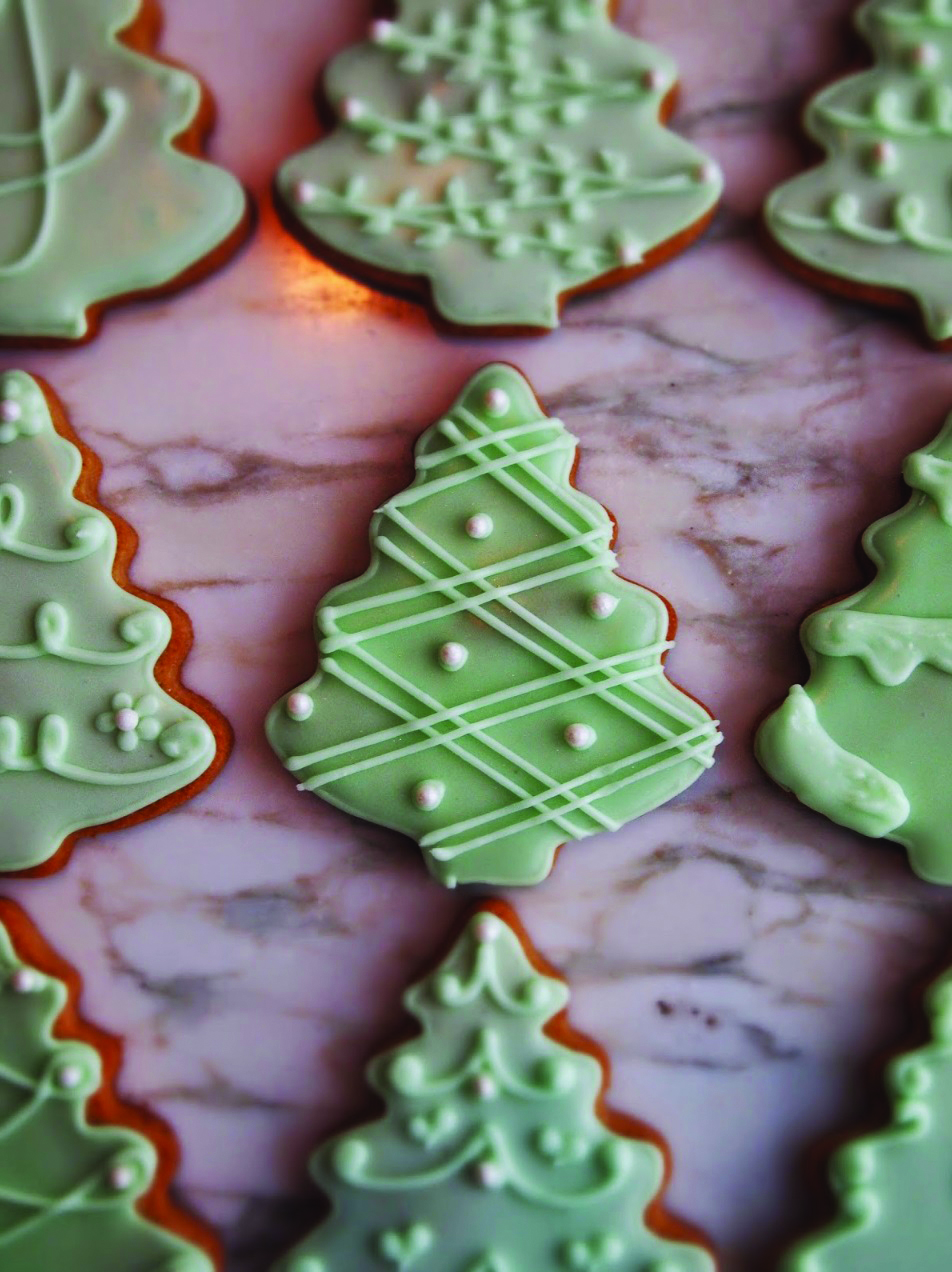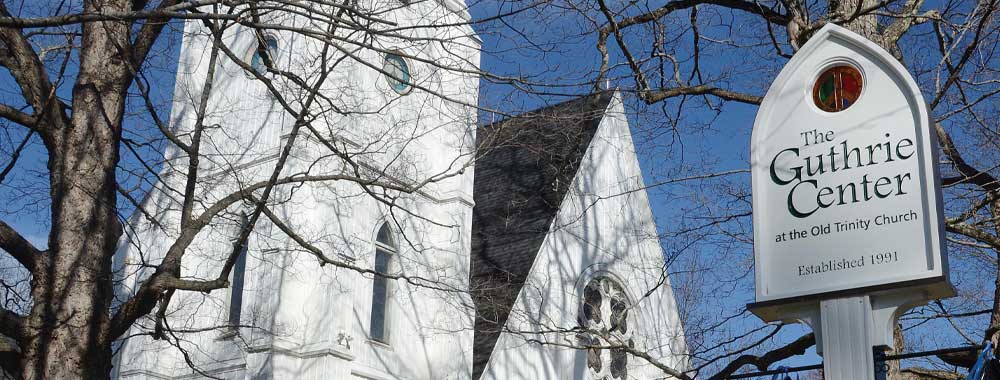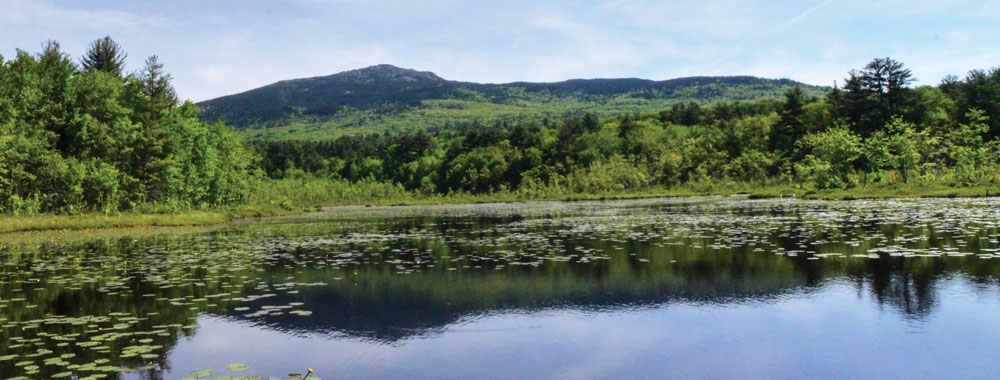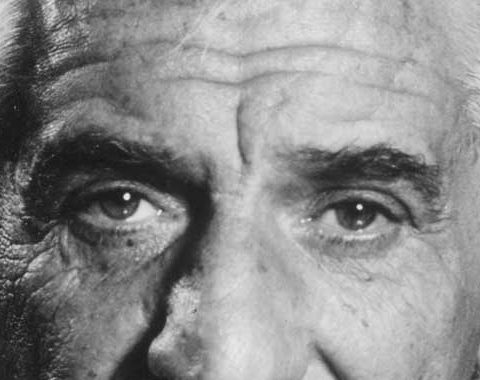Contemporary Thanksgiving prep pales in comparison to past celebrations

By Robin Anish
Historians tell us that the first Thanksgiving feast celebrated by the Pilgrims bears little in common with the Thanksgiving feasts of today; but, what they do share in common is the reason for the feast. Then, as now, families and friends gather in gratitude for all that is good, and that’s what it’s all about, isn’t it?
Today, turkey is the highlight of our Thanksgiving dinner, but it would not have been so at the first Thanksgiving dinner. Venison was considered a delicacy and took center stage along with lobster, mussels, oysters and the fish that were so prolific in the waters of Cape Cod. Wildfowl, ducks and geese were eaten, but turkey was not as plentiful at the time, so it is uncertain as to whether it was part of the meal.
The progression of turkey becoming the symbol of Thanksgiving began in the early 1800s and, over time, the turkey was adopted as the recognized symbol of Thanksgiving in America.
Gaining in popularity, turkeys were having to be mass-produced, but without refrigeration and trucks for transport, the only way they could be brought to market was with a turkey drive — in other words, to make them walk.
No means of refrigeration meant the turkeys had to be brought to the slaughterhouses alive. Turkey drives were challenging. Huge flocks of turkeys ambled miles and required constant tending to by drivers so the fowl didn’t wander off or fall prey to coyotes and other predators.
A nice fat turkey is most desirable, but with miles of walking, turkeys lost weight, so a covered wagon carried feed that was scattered along the trail to help maintain weight and encourage the turkeys to keep moving.
As eager as the drivers were to get the turkeys to their destination, the turkeys still ruled the roost; so, as soon as dusk approached, these feisty birds called it quits for the day and settled in to roost for the night. You can’t fight nature’s ways. The turkeys would hit the road again when they were good and ready, leaving the drivers no choice but to comply.
Could you imagine trekking through the woods, hunting in hopes of bringing home a Thanksgiving turkey or waiting for the droves of wild turkeys to trot into town to be made ready for roasting?
How easy preparing Thanksgiving dinner is today. Still, we fuss about how tedious a job it is when, instead, we should be reminded of that first Thanksgiving for which the Pilgrims worked so hard yet were most grateful. By comparison, preparing a Thanksgiving dinner today couldn’t be easier; and that, we can be grateful for!
A stuffing of cornbread and smoked oysters is reminiscent of that first Thanksgiving. So, think of the Pilgrims and be grateful when you bring this delicious stuffing to your Thanksgiving table.

CORNBREAD STUFFING WITH OYSTERS
INGREDIENTS
- 8 ounces smoked oysters, drained
- 2 large, unpeeled apples, diced
- 1 stick butter
- One 14-ounce bag cornbread stuffing mix
- 3 ribs celery, small dice
- 1 large or 2 smaller yellow onions, small dice
- 4 slices thick-cut bacon, diced
- Salt and pepper to taste
- 1/3 cup chopped parsley
- 2 1/2 cups turkey or chicken stock
DIRECTIONS
Fry bacon slices until just crisp, drain reserving 1 tablespoon bacon drippings.
Over medium heat, saute onions, celery and apples in butter and bacon drippings until onions are translucent.
In a large mixing bowl, toss the stuffing mix, onions, celery, apples, bacon, and parsley until well mixed. Gradually add just enough stock to moisten the stuffing, gently tossing to mix. Add more or less stock as desired. Fold in the smoked oysters. Taste for salt and pepper.
Cooking stuffing in the turkey adds a lot of flavor to it, but baking stuffing in a casserole dish is an easier option.
Preheat oven to 350 F. Place stuffing in a buttered 9-by-13-inch baking dish. Cover with aluminum foil and bake 20 minutes. Uncover and bake an additional 20 minutes, or until the top is lightly browned. Do not overbake, or stuffing will be dry. If it appears dry while baking, add a bit more stock.
To stuff the bird, it is necessary to use a good thermometer and to roast the turkey until it and the stuffing reach 165 F. Loosely stuff the cavity no more than three-quarters full so the stuffing has room to expand.
In general, the pop-up timers that come with most turkeys aren’t always accurate. Use a thermometer to check for doneness.
Removing the stuffing from the turkey to a dish for serving is best, but if you like the idea of serving directly from the bird, as I do, remove any leftover stuffing soon afterward. It is recommended that stuffing not be stored in the turkey.
Happy Thanksgiving!
Robin Anish, a former caterer in the Berkshires, writes about food from her home in Lenox, Mass., for The Eagle, Banner, Journal and Reformer.
